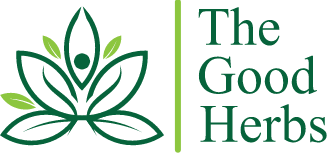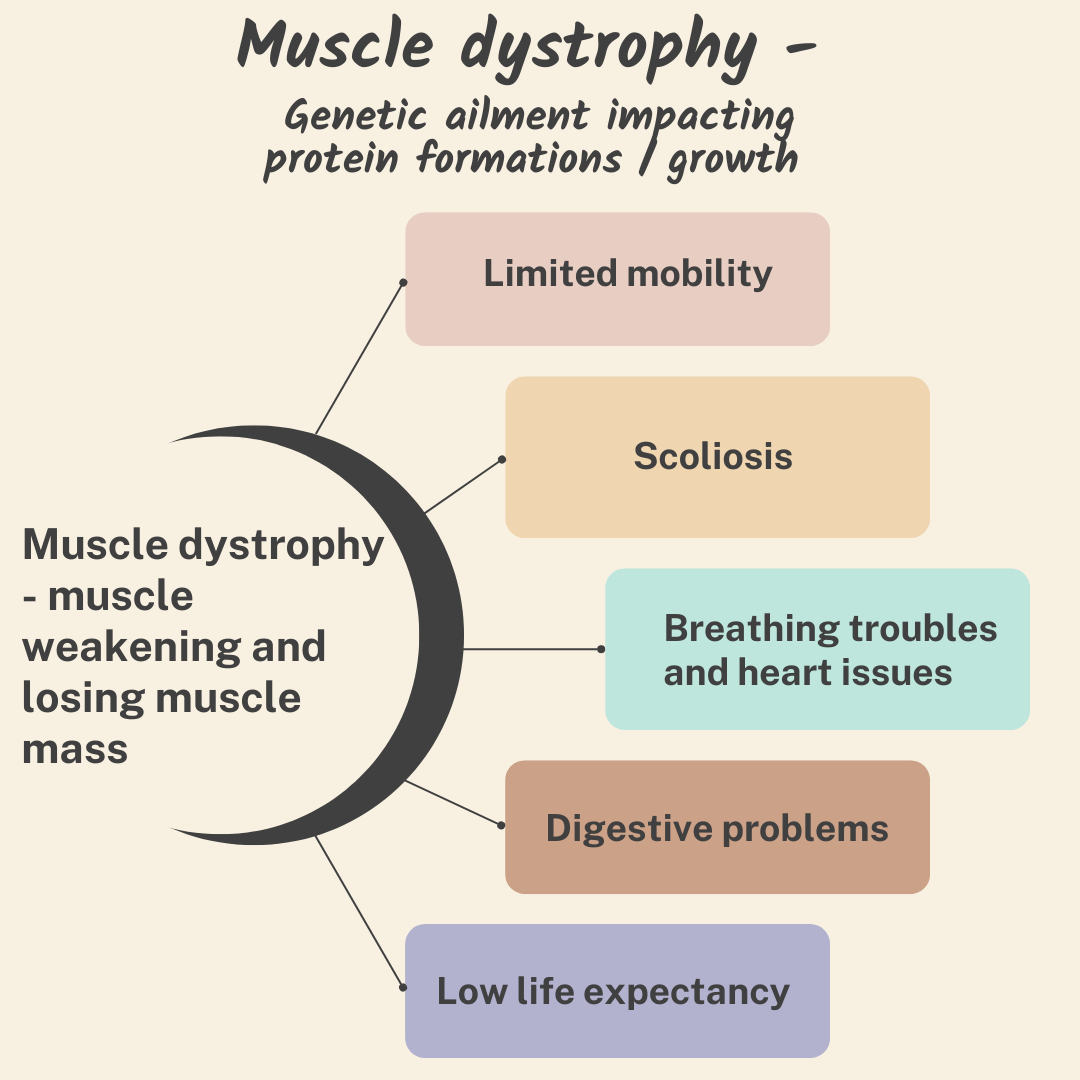
Muscle dystrophy as an ailment is not very well known to most of us. But, as per Rare Diseases India, a conservative estimate puts the total occurrence of this ailment at 2mn. So, what are the causes of this ailment? What are the symptoms of muscle dystrophy? And can muscle dystrophy be treated?
What is muscle dystrophy?
Muscular dystrophy is a genetic disorder that results in weakening of the muscles and losing muscle mass.
Proteins are required for the formation of the muscles. When abnormal genes hamper the growth / formation of proteins, it results in losing the muscle mass. This in turn results in weakening of the muscles.
What are the causes for muscular dystrophy? What are concerns for someone who suffers from muscular dystrophy?
As mentioned earlier, the cause of muscular dystrophy is that there are abnormal genes present in the body. Depending on the abnormality, the ailment is classified under different categories. In most cases, this ailment is genetic in nature.
When one suffers from muscular dystrophy, the concerns that spring up are all related to muscles. Some examples are:
Limited mobility
Since the muscles are weak, one has trouble walking or using the arms. There could also be shortening of tendons and muscles around bones which further limit the mobility.
Scoliosis (curved spine)
If the muscles holding the spine erect are compromised, the spine if curved making the person hunched.
Breathing troubles and heart issues
If muscles associated with the breathing organs become weak, one might need to resort to a ventilator for survival. Similarly, progressive muscular dystrophy also reduces the efficiency of the heart muscle.
Digestive problems
If the digestive muscles are impacted, one might not be able to digest the food being eaten resulting in malnutrition. One might need to resort to feeding tubes in extreme cases of muscle failures related to digestion.
What are the symptoms of muscular dystrophy?
The common symptom for muscular dystrophy is progressive muscle weakness. Other symptoms depend on the type of muscular dystrophy and the age of the patient.
Duchenne muscular dystrophy
This is the most common type of dystrophy that affects boys, while girls might be carriers and suffer a milder form of this type. This dystrophy occurs when the production of dystrophin (a protein that strengthens the fibres in muscles so that they do not break) is impacted owing to a genetic problem. The symptoms include frequent falls and trouble in getting up, learning disabilities, delayed growth, muscle pain and stiffness. Duchenne muscular dystrophy (DMD) can reduce the life expectancy substantially owing to the muscle failures in various parts of the body. The website Patient, pegs the life expectancy at 27 years with the symptoms being visible right between the ages of 1-3.
Becker muscular dystrophy
This is similar to DMD in the way it affects the body, by impacting the production of dystrophin. Also, similar to DMD, this type of muscular dystrophy also affects males. The difference in the two being the age in which the patient is impacted and the severity. Becker muscular dystrophy is relatively less severe and impacts teenagers and adults. Individuals affected with Becker muscular dystrophy may begin to waddle, walk on their toes or push their abdomen forward when walking to maintain balance and compensate for lack of strength in the hips and legs.
Myotonic muscular dystrophy
As the name suggests, the patients suffer from myotonia, meaning prolonged contractions. A patient suffering from myotonic muscular disorder is not able to release contractions. For example, one will not be able to release the grip on a door handle. This type of dystrophy is also characterised by weakness of muscles in the hands and feet, difficulty swallowing and abnormal heart rhythms. Non-muscle symptoms may also include learning difficulties, daytime sleepiness, infertility and early cataracts.
Facioscapulohumeral dystrophy (FSHD)
This condition gets its name from the muscles that are affected most often: those of the face (facio-), around the shoulder blades (scapulo-), and in the upper arms (humeral). The shoulder blades might stick out like wings when arms are raised. Onset usually occurs in the teenage years but can begin in childhood or as late as age 50. Facial weakness may result in limited movements of the lips, causing difficulty in whistling, using a straw, or puckering the lips. Affected individuals may also develop a distinctive “mask-like” facial appearance
Congenital dystrophy
Congenital dystrophy affects both boys and girls and evident at the time for birth going upto 2 years. The increase in severity is high and the muscle damage becomes very severe in a short span of time. Babies with congenital muscular dystrophy often have hypotonia (low muscle tone or floppiness) and may have reduced movements. Other common signs are contractures (tightness) of the ankles, hips, knees and elbows. Sometimes, contractures can be severe and affect several joints (known as arthrogryposis).
Limb-girdle muscular dystrophy
As the name indicates, this type of muscular dystrophy impacts the limbs i.e. the arms, legs and hips (also known as the proximity muscles). In its most common form, Limb-girdle muscular dystrophy causes progressive weakness that begins in the hips and moves to the shoulders, arms, and legs. Within 20 years, walking becomes difficult or impossible. Sufferers typically live to middle age to late adulthood.
How is muscular dystrophy diagnosed? What are the treatments for muscular dystrophy?
There are many tests can confirm muscular dystrophy. Some of them are:
Muscle biopsy
Like the case with other biopsies, a small piece of the muscle tissue is tested for abnormalities. This tissue can be taken as a sample though a small incision or a hollow tube.
Genetic testing
Blood tests can reveal the presence of bodies or mutations that can cause muscular dystrophy.
Enzyme tests
Muscles when damaged release certain enzymes. These enzymes can be released either due to a traumatic injury or muscular dystrophy. Knowing about the medical history and test results, a practitioner can confirm the cause of a high level of enzymes.
Monitoring tests
Lung and heart monitoring tests (ECGs) are often used to check the functioning of these organs, not only in case of dystrophies. ECGs are particularly important when it comes to myotonic muscular dystrophy.
Electromyography
This is a test wherein an electric needle is inserted in the muscle under test. The electric signals while relaxing and contracting of the muscles indicate the extent and type of ailment, if any.
Modern medicine does not have treatment for muscular dystrophy. There are multiple courses of action to manage the symptoms and help the patient lead a life closer to normal and prolong the life expectation. Muscle dystrophy, depending on the type, might also need attention from lung and heart specialists, endocrine specialists and surgeons throughout the life.
To help the patient, one might prescribe certain medications which can help in strengthening the muscles, or medications that help with lung and heart conditions. In addition, physical and occupational therapy can also help lead a better life. This typically includes range-of-motion or stretching exercises, breathing assistance, mobility aids and so on. Lastly, certain surgical procedures (depending on the condition) might be needed. For example, installation of a pacemaker or correcting the spine in case of scoliosis.
What does Ayuveda say about muscular dystrophy? Is there a treatment for muscular dystrophy is ayurveda?
In Ayurveda, muscle dystrophy is considered as adibala-pravrit i.e. a genetic ailment. There is a depletion of the dhatvagni paving the way for Ama (toxins) leading to a vitiation of the Vata dosha and imbalance of the sapta dhatus (rasa - Plasma, rakta - blood, mama - muscle , meda - fat, asthi - bones, maja - bone marrow and shukra - reproductive cells) owing to srotorodha (obstruction of the tissue channels). Guru Charaka has given utmost importance to upakarmas like Abhyanga, Svedana for the treatment of Vataroga (ailments caused by the vitiation of Vata dosha). Panchkarma treatments also have a detailed list of methods to be undertaken for curing such ailments.
At The Good Herbs, we also prescribe a unique medication for muscular dystrophy. Very simple put, we believe that if the blood can be purified, muscular dystrophy can be cured. If you would like to know more about this treatment, you can Contact us and we will get in touch with you for a free consultation and prescribe the way forward.
If you would like to read more some other ailments related to the gut like Constipation, GERD, Bloating, Bile reflux or Irritable Bowel Syndrome / IBS, or oral care concerns like Periodontitis or Pyorrhoea, bad breath or Gingivitis, or some chronic ailments like Tuberculosis, Asthma, Arthritis, Frozen shoulder, Anaemia, Bronchitis, or filtration organ ailments like Urinary Tract Infection or UTIs and Kidney Stones, or ailments for sexual wellness like Erectile dysfunction or ED, Oligospermia, please click on the relevant ailment to know more.



